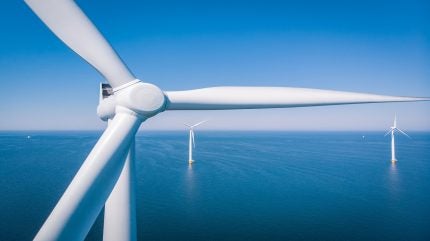
The Planning Inspectorate has accepted the development consent application submitted by the UK’s National Grid for its 2GW Sea Link offshore cable.
The project, which now enters the pre-examination phase, aims to strengthen Great Britain’s electricity infrastructure by facilitating more renewable energy.
Stakeholders including members of the public will soon be able to register as interested parties with the Planning Inspectorate.
This will allow them to participate in the upcoming examination process.
A preliminary meeting will be held before the Planning Inspectorate moves to the examination phase, which will include public hearings.
Following the conclusion of the examination, the Planning Inspectorate will make a recommendation to the secretary of state for energy security and net zero.

US Tariffs are shifting - will you react or anticipate?
Don’t let policy changes catch you off guard. Stay proactive with real-time data and expert analysis.
By GlobalDataThe secretary of state will then make the final decision regarding the application.
The project is set to connect Pegwell Bay in Kent to the Suffolk coast, strengthening the UK’s electricity grid.
The 138km high-voltage direct current (HVDC) Sea Link cable will be a significant infrastructure development.
Of this, around 122km will be laid offshore, with an additional 14km of underground cables linking to converter stations.
These stations will be located at each end of the cable, facilitating the transmission of renewable energy.
Sea Link project director Adrian Pierssene said: “The acceptance of our application is a significant step forward and reflects the valuable input we have received from local communities and stakeholders.
“Sea Link will play a vital role in connecting more renewable energy to the grid as demand for energy rises, strengthening energy security and helping to deliver cleaner electricity.”
Last month, National Grid launched a £59bn ($78.48bn) HVDC supply chain framework to boost UK energy infrastructure.
Introduced in 2023, the HVDC supply chain framework aims to establish strategic, long-term contracts and secure essential equipment for current and future projects.



